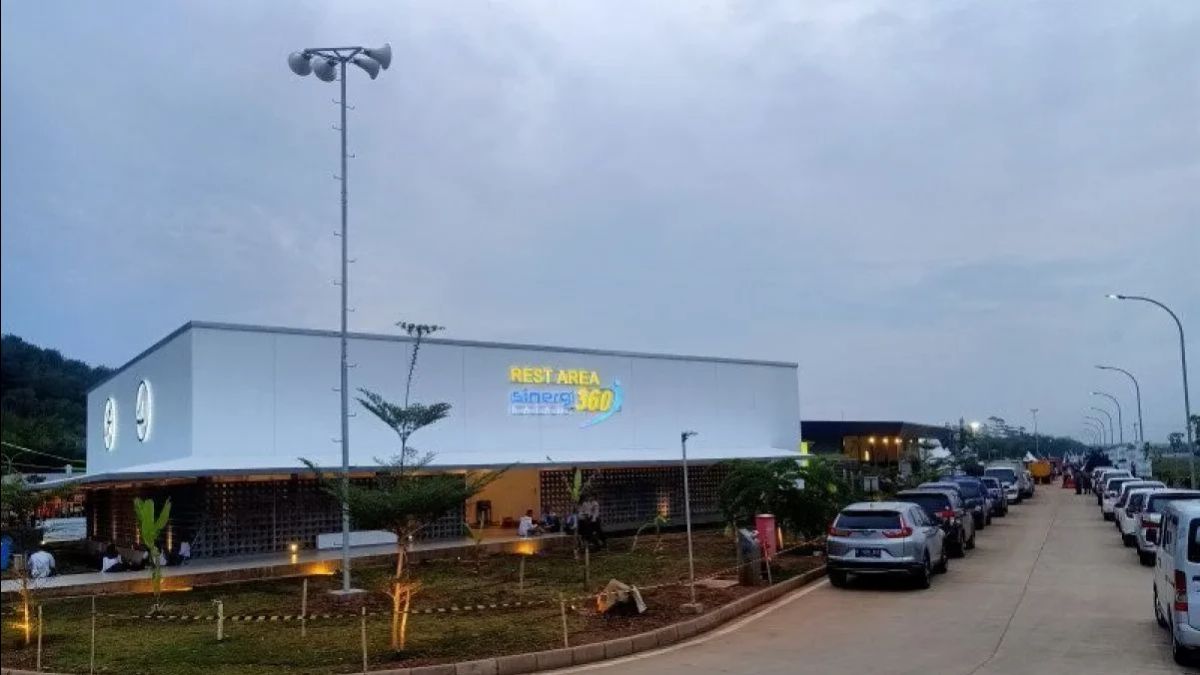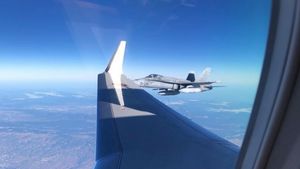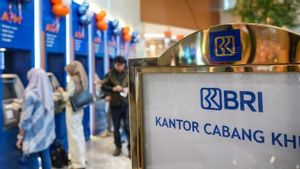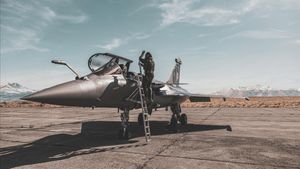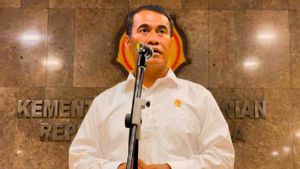JAKARTA - The government has just issued a new rule regarding toll roads, namely Government Regulation (PP) Number 23 of 2024. One of the main topics discussed in the regulation is related to the development of new areas and Rest Areas and Services (TIP) or rest areas.
With the new regulation, now the toll road business entity (BUJT) is given the authority to develop the area around the toll road it owns, including the business area. This is as stated in Article 27 of the PP.
"The business body as referred to in Article 25 paragraph (2) can carry out the development of kawasa that is integrated with the Toll Road," wrote the regulation, quoted on Saturday, May 25.
This is possible for toll road entrepreneurship to be carried out on financially feasible sections. The development of the area as referred to must be in accordance with the spatial plan.
"In the event that the Toll Road business is financially feasible or has reached the financial feasibility level set, the development of the area can be part of the Toll Road business by not reducing the level of financial feasibility of the designated Toll Road," reads Article 27 Paragraph 3 of the regulation.
Article 80 explains, in addition to the land that has been determined in technical planning for the needs of road bodies, land in toll roads owned outside the toll road benefit room, can be worked on as a rest area as long as this is still implementing supporting facilities in the business of toll roads and meeting the technical provisions of toll roads.
"Land companies for rest areas and services as referred to in paragraph (1) can be carried out by business entities in collaboration with other parties with BPJT approval," wrote Article 80 Paragraph 2.
Especially for rest areas themselves, Article 8 explains that intercity toll roads must have a place of rest and service (TIP) for the benefit of toll road users. Meanwhile, urban toll roads can be provided or in other words are not required.
SEE ALSO:
Rest areas pay least attention to access road conditions, environmental roads and parking areas, safety, security, comfort, distribution and movement of all groups, and/or types of vehicle cargo and environmental sustainability.
In addition, rest areas also need to be equipped with integrated posts for security services, health services and emergency rescue services. Then, Article 9 states that rest areas must be provided for toll road users at least one rest area within 50 kilometers (km) per major.
"Every place of rest and service is prohibited from being connected with any access from outside the toll road, except for rest areas and services with development can be given limited access outside the toll road," reads Article 9 Paragraph 4.
The rest area as referred to in paragraph (4) can be developed by adding other supporting facilities in the form of:
a. The addition of certain product and regional promotion areas as well as the promotion of micro businesses, small businesses, and medium enterprises (MSMEs);
b. Adding displacement location areas for people and goods/logistics;
c. Development for tourist destinations and industrial areas;
d. Inpatient facilities; and/or
e. children's play areas.
Meanwhile, Article 10 states that the business of rest areas is carried out by accommodating MSMEs through a partnership pattern. In this process, Business Entities must allocate land at least 30 percent of the total commercial area for MSMEs, both for toll roads that have been operating and those that are still in the planning and construction stages.
"Every micro, small and medium-sized business as referred to in paragraph (1) must have a certificate as a micro, small business and medium-sized business," wrote the regulation.
The English, Chinese, Japanese, Arabic, and French versions are automatically generated by the AI. So there may still be inaccuracies in translating, please always see Indonesian as our main language. (system supported by DigitalSiber.id)
